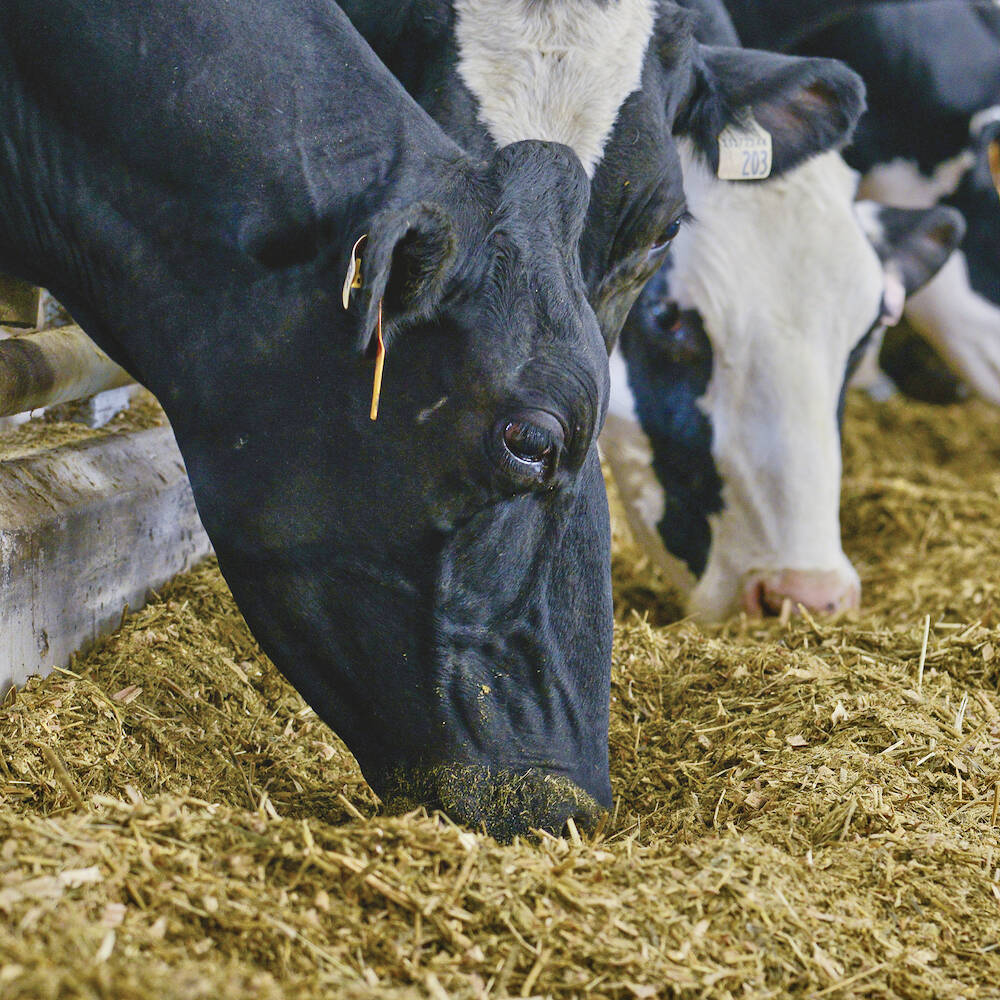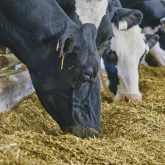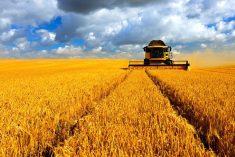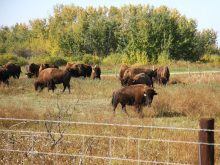A&W Canada is pleased with customer response to its Better Beef campaign, nearly four months after its controversial decision to serve beef with no added hormones or steroids.
Susan Senecal, chief marketing officer with the fast food chain, said the marketing campaign has exceeded expectations.
“(We’ve) received an unprecedented number of communications, directly from our guests, about how excited they are and how happy they are with the change.” She said the marketing initiative has boosted sales at A&W restaurants but would not provide specifics.
Read Also

Media reports suggest U.S. dairy access to Canada a topic of conversation in Ottawa
Globe and Mail article suggests U.S. dairy access to Canada is back as a topic of conversation in Ottawa
“We always look at burger sales … and we’ve seen a great response from that perspective, as well.”
Senecal said it’s difficult to know if customers think the beef is healthier or if they assume beef produced without hormones is better for cattle or more sustainable.
“There’s a sense they want food that meets their description of how they think it should be handled (produced),” she said. “It seems to be striking a chord, and I’m not sure of all the reasons why that is, but it certainly seems to be something that resonates as well in real life as it did when we did our initial consumer research.”
A&W announced in September that it had changed its procurement policy and would buy beef only from cattle raised without added hormones or steroids.
The announcement and subsequent television commercials promoting the Better Beef angered cattle producers. Groups such as Alberta Beef Producers said the ads were misleading because the tagline suggested that hormones, or growth promotants that increase feed efficiency and rate of gain, were a threat to human health.
Producers were also annoyed that A&W was buying a large share of its beef from Australia and the United States because the company said there wasn’t a sufficient supply of beef without added hormones in Canada.
Asked about the backlash, Senecal said the Better Beef campaign generated calls from Canadian ranchers who want to sell beef to A&W.
“We have a few dozen, at least, ranchers who have reached out to us in addition to the ones we are already contacting and in discussions with, in terms of expanding our supply in Canada.”
Senecal expects A&W to buy more Canadian beef in the future to serve its more than 770 locations. Given the success of the campaign, the company will continue to buy beef without added hormones or steroids, she added.
Jim Clark, executive director of Ontario Corn Fed Beef, an Ontario Cattle Feeders’ Association brand, said the beef market in Canada is definitely segmented.
Certain customers will want corn fed beef, others prefer organic and many are satisfied with commodity beef.
Still, the sectors within the larger beef industry should co-operate and collaborate instead of disparaging a particular production practice.
“I have no problem with them (A&W) making a business decision and doing what they believe is right for their customers and their business,” he said.
“The problem I have is lots of times we see the different niches (within) the industry throwing each other under the bus. At the end of the day, we all lose because there are a group of consumers sitting on the fence (about beef).”

















